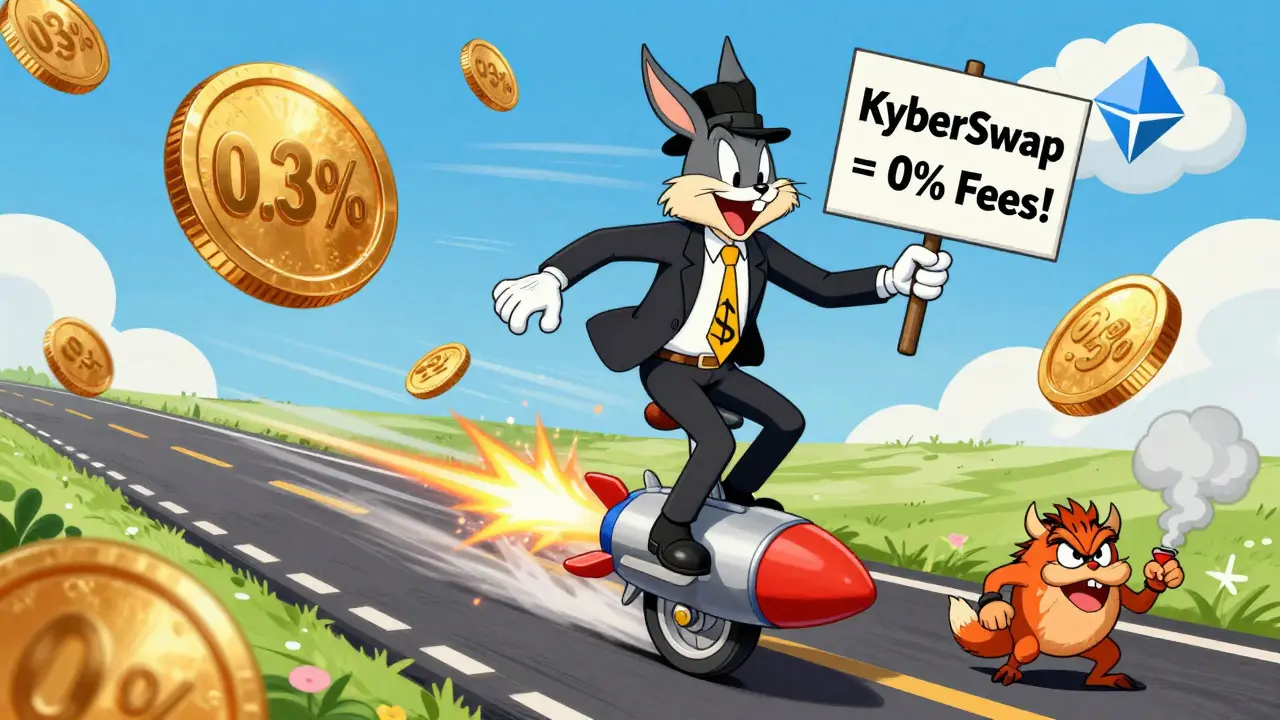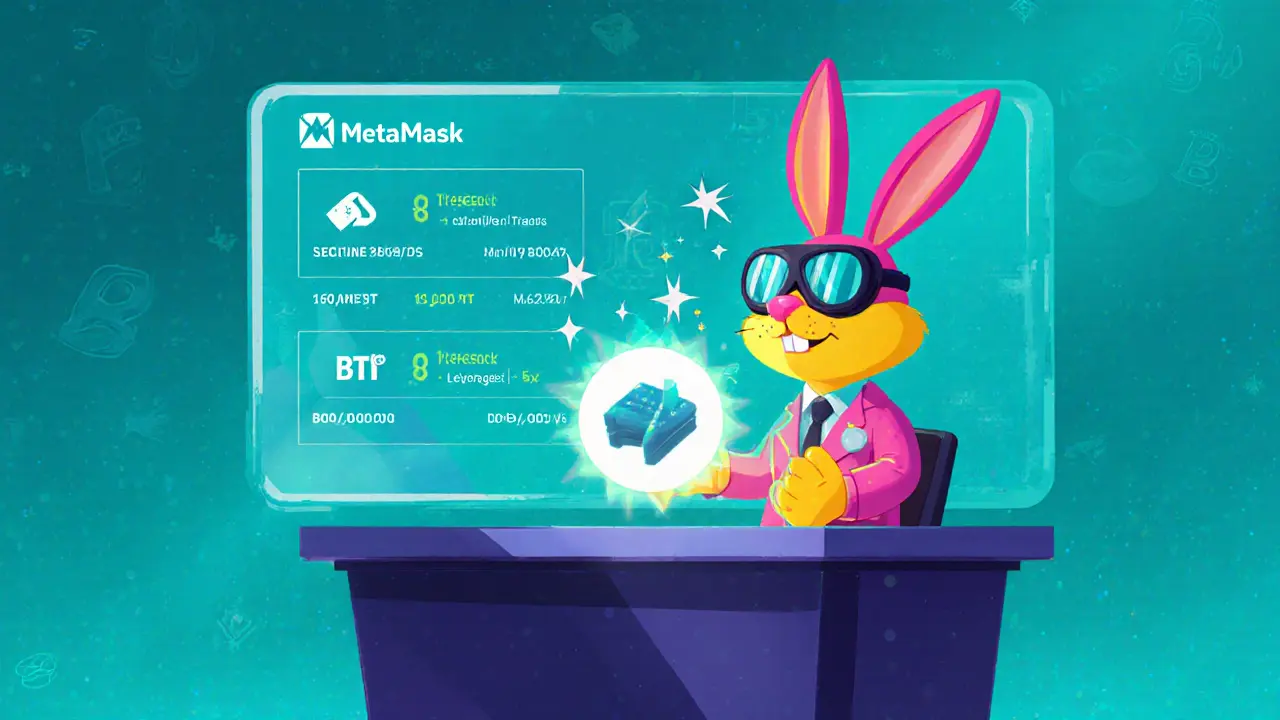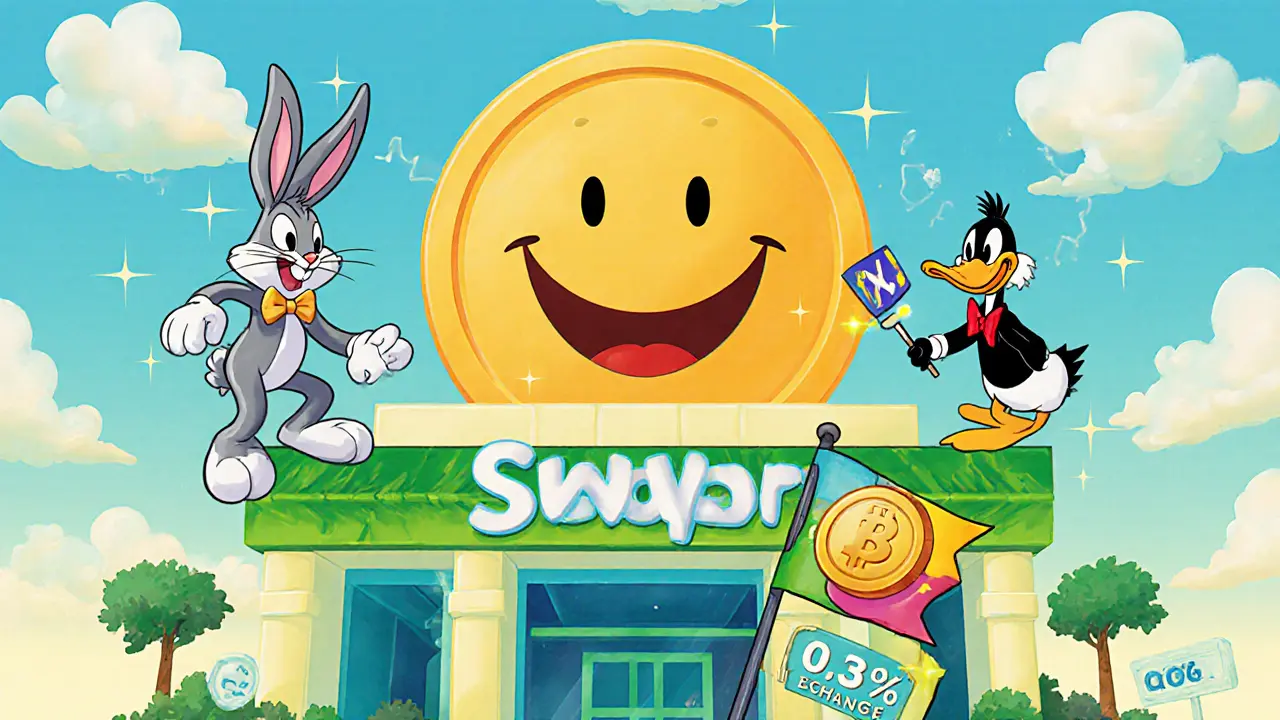Decentralized Exchange: How DEXs Shape Web3 Trading
When working with decentralized exchange, a peer‑to‑peer platform that lets users trade crypto without a central authority. Also known as DEX, it relies on smart contracts to match orders and manage custody. DEX aggregator, a service that scans multiple DEXs for the best price and routes trades across them expands liquidity, while a zero‑fee exchange, a platform that advertises no trading fees aims to attract high‑volume traders. A crypto regulatory sandbox, a government‑run program that lets blockchain projects test new features under relaxed rules often shapes how DEXs innovate.
Core Elements and How They Interact
Decentralized exchange encompasses cross‑chain swaps, liquidity pools, and order books built on‑chain. It requires robust smart contracts to secure user funds, and the quality of those contracts often determines whether a platform can qualify for a regulatory sandbox. The sandbox influences DEX development by offering a safe space to trial fee structures, such as zero‑fee models, before full deployment.
Liquidity is the lifeblood of any DEX. When a DEX aggregator routes a trade, it pulls liquidity from several pools, reducing slippage and offering better execution. This aggregation creates a feedback loop: more users attract deeper liquidity, which in turn draws more aggregators and zero‑fee platforms. Meanwhile, projects that launch airdrops—like the ATA or FORWARD token drops—use DEXs to distribute tokens, boosting activity and community engagement.
Security cannot be an afterthought. Audits, like the 2025 crypto security audit guide, highlight cost drivers for ensuring smart contract safety. A well‑audited DEX can more easily enter a regulatory sandbox, gaining credibility and possibly relaxing compliance burdens for users. In practice, platforms such as OpenOcean, VaporDex, and Lifinity illustrate how different design choices—cross‑chain routing, zero‑fee structures, and layer‑2 scaling—affect user experience and risk.
Beyond the tech, user incentives play a big role. Airdrops, staking options, and tokenomics (e.g., ASTER token on Aster Exchange) give traders reasons to stay on a specific DEX. When a token like DUET or HyperGraph launches an airdrop, participants often need to interact with a DEX to claim rewards, creating a symbiotic relationship between token projects and exchange ecosystems.
All these pieces—aggregators, fee models, regulatory sandboxes, security audits, and token incentives—form a network that defines today’s decentralized exchange landscape. Below you’ll find reviews, guides, and deep dives that unpack each element, from zero‑fee platforms to cross‑chain aggregators and the latest airdrop opportunities. Dive in to see how each component fits together and what it means for your own trading strategy.




